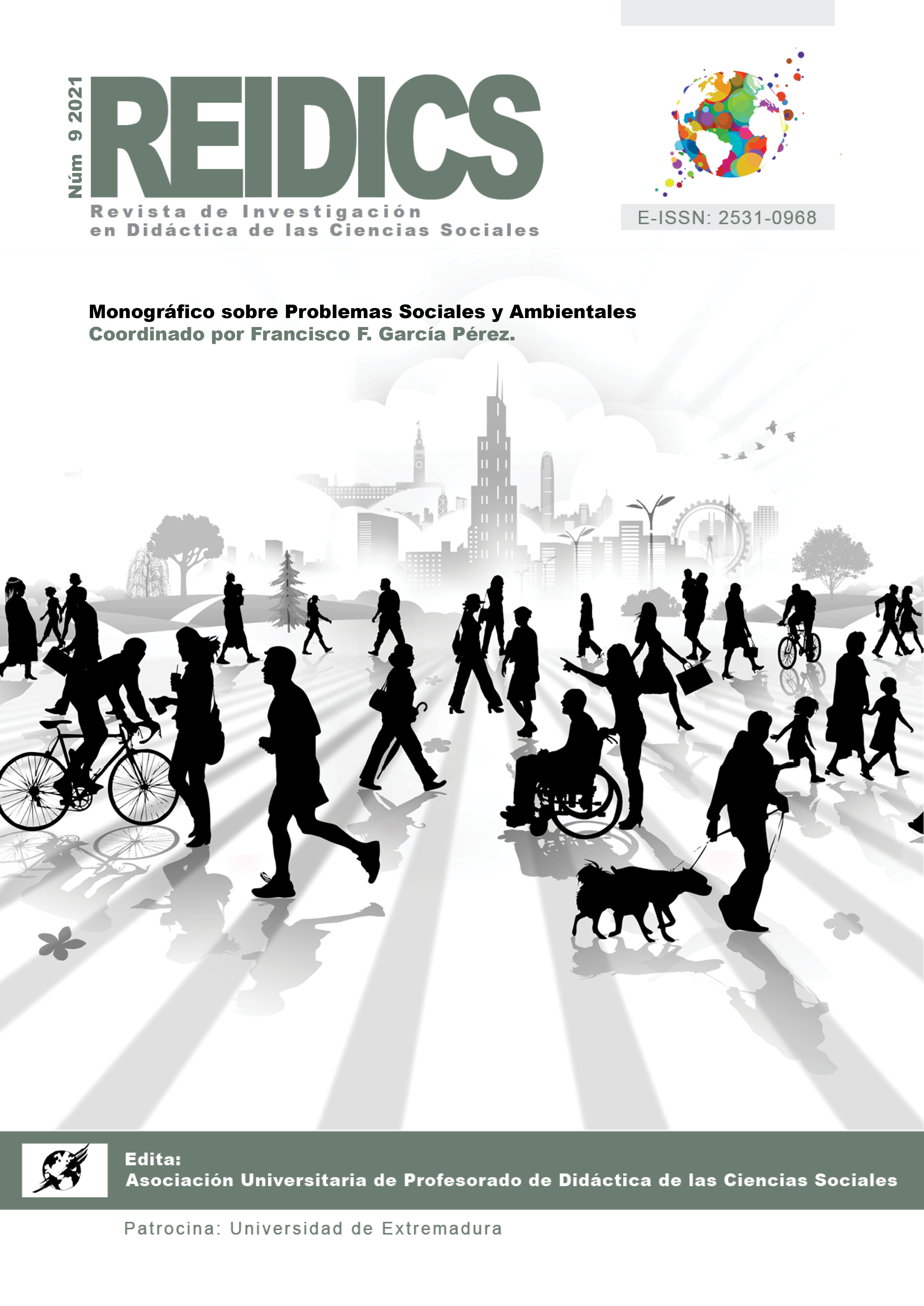Teaching socio-environmental problems. Reflections for educational innovation
DOI:
https://doi.org/10.17398/2531-0968.09.79Keywords:
relevant social problems;, social representations;, innovation groups;, citizen participationAbstract
n the final two decades of the 20th century, a debate was generated about the possibilities of improving the teaching of social sciences from the treatment of social and environmental problems. The main innovation groups presented proposals for teacher training and preparation of materials and methodologies to carry out these initiatives. Some groups, such as GREDICS, IRES and GEA-CLÍO, have continued with these work programs, which have been called in different ways: socially relevant problems, socially alive questions, socially controversial issues, not always coinciding in their purposes. However, its application in school curricula is scarce, both due to teacher training problems and the ideological suspicions that appear within the school community. In this article we go back to the antecedents of the 20th century, where we formulated a curricular project with these assumptions. Later we analyse the results obtained in educational research on the relationships between social and school problems, a round trip that shows the relevance of this methodology to promote a participatory citizen attitude on the part of the people who play the role of students and female students. A social implication that not only affects students, but also the rest of educational agents: teachers, families and educational administration, since the results of school work affect daily life.
Downloads
Published
Issue
Section
License
Aquellos autores/as que tengan publicaciones con esta revista, aceptan los términos siguientes:
- Los autores/as conservarán sus derechos de autoría y garantizarán a la revista el derecho de primera publicación de su obra, el cual estará simultáneamente sujeto a la Licencia de reconocimiento de Creative Commons 4.0 BY-NC-SA que permite a terceros compartir la obra siempre que se indique su autor y su primera publicación en esta revista.
- Los autores/as podrán adoptar otros acuerdos de licencia no exclusiva de distribución de la versión de la obra publicada (p. ej.: depositarla en un archivo telemático institucional o publicarla en un volumen monográfico) siempre que se indique la publicación inicial en esta revista.
- Se permite y recomienda a los autores/as difundir su obra a través de Internet (p. ej.: en archivos telemáticos institucionales o en su página web) antes y durante el proceso de envío, lo cual puede producir intercambios interesantes y aumentar las citas de la obra publicada. (Véase El efecto del acceso abierto).
- Los autores y autoras han respetado la política de autoría de esta revista.




